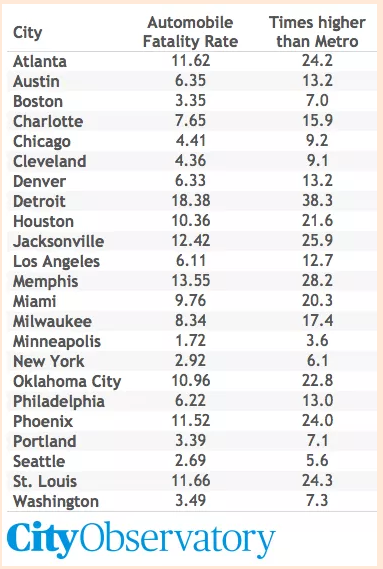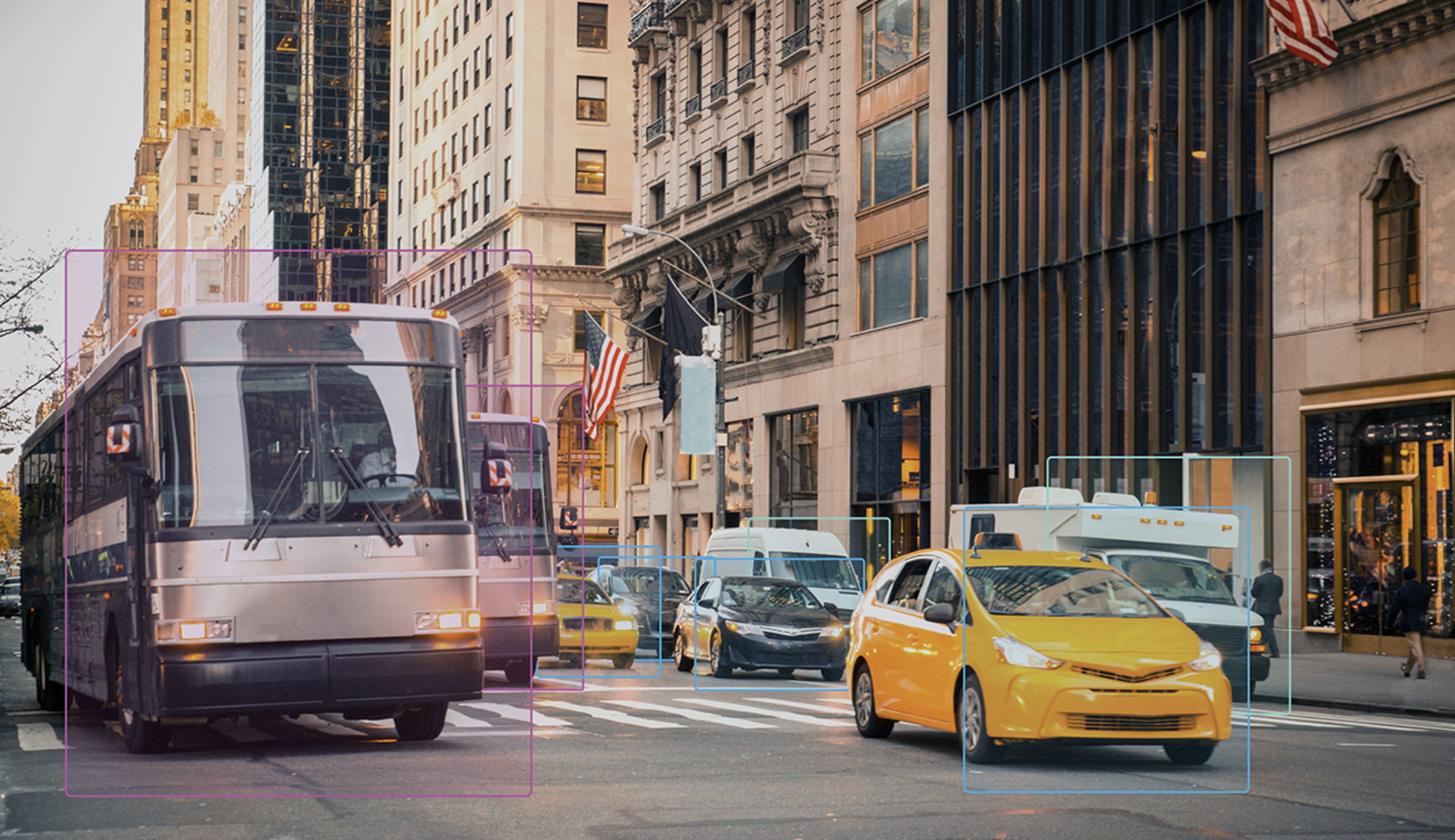Crossposted from City Observatory.
WASHINGTON, DC – Citing safety concerns, today Secretary of Transportation Anthony Foxx announced he was contemplating the closure of roads to all private vehicles in nearly every city in the country until he could assure the nation’s drivers that they would be safe behind the wheel.
The announcement comes on the heels of comments by Secretary Foxx that the Department of Transportation may shut down the Washington Metro heavy rail system because of ongoing safety issues.
Since 2009, 14 Metro riders and employees have died in collisions, derailings, and other incidents. On an annual basis, that translates to about 0.48 fatalities per 100,000 weekday riders.*
However, Secretary Foxx noted that this is exceeded by the fatality rate of car crashes in every single American metropolitan area for which data was compiled in a recent report from the National Highway Traffic Safety Administration.
In San Francisco, 3.75 people died in automobile crashes per 100,000 residents in 2014, a rate 7.8 times higher than the fatality rate on Metro. In Raleigh, NC, the automobile crash fatality rate was 7.50 per 100,000, or about 15.6 times higher than the fatality rate on Metro. And in Dallas, the automobile crash fatality rate was 12.02 per 100,000, or about 25.0 times higher than the fatality rate on Metro.

A partial list of other cities in which Secretary Foxx is threatening to shut down automobile traffic includes:
Each year, more than 30,000 Americans die in automobile crashes, at a rate higher than nearly every other industrialized nation, even accounting for higher vehicle miles traveled rates.
“This carnage is unacceptable,” the Secretary said. “Until we can assure America’s drivers and pedestrians that they are no more likely to die on the road than they are on the most dysfunctional heavy rail system in the country—a feat that, in many cities, will require a 90 to 95 percent reduction in road fatalities—I cannot in good conscience allow a single motor vehicle to menace our cities.”
*Methodology and sourcing: Road fatality rates are taken from the National Highway Traffic Safety Administration. WMATA Metro fatality rates are from news reports on fatalities since 2009; the denominator is half of the average weekday ridership from the most recent APTA ridership report, from Q4 of 2015. (We divided total ridership in half to estimate the total number of individual riders taking two trips per day.) This is designed to create a relatively high fatality rate for WMATA—making a relatively small denominator, of only the number of people who use WMATA on a daily basis—compared to the road crash fatality rate, which uses a relatively large denominator, the total number of people living in a metropolitan area.





